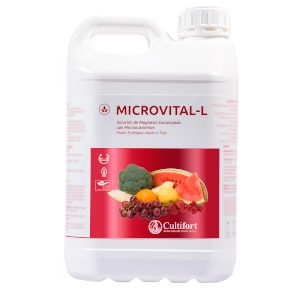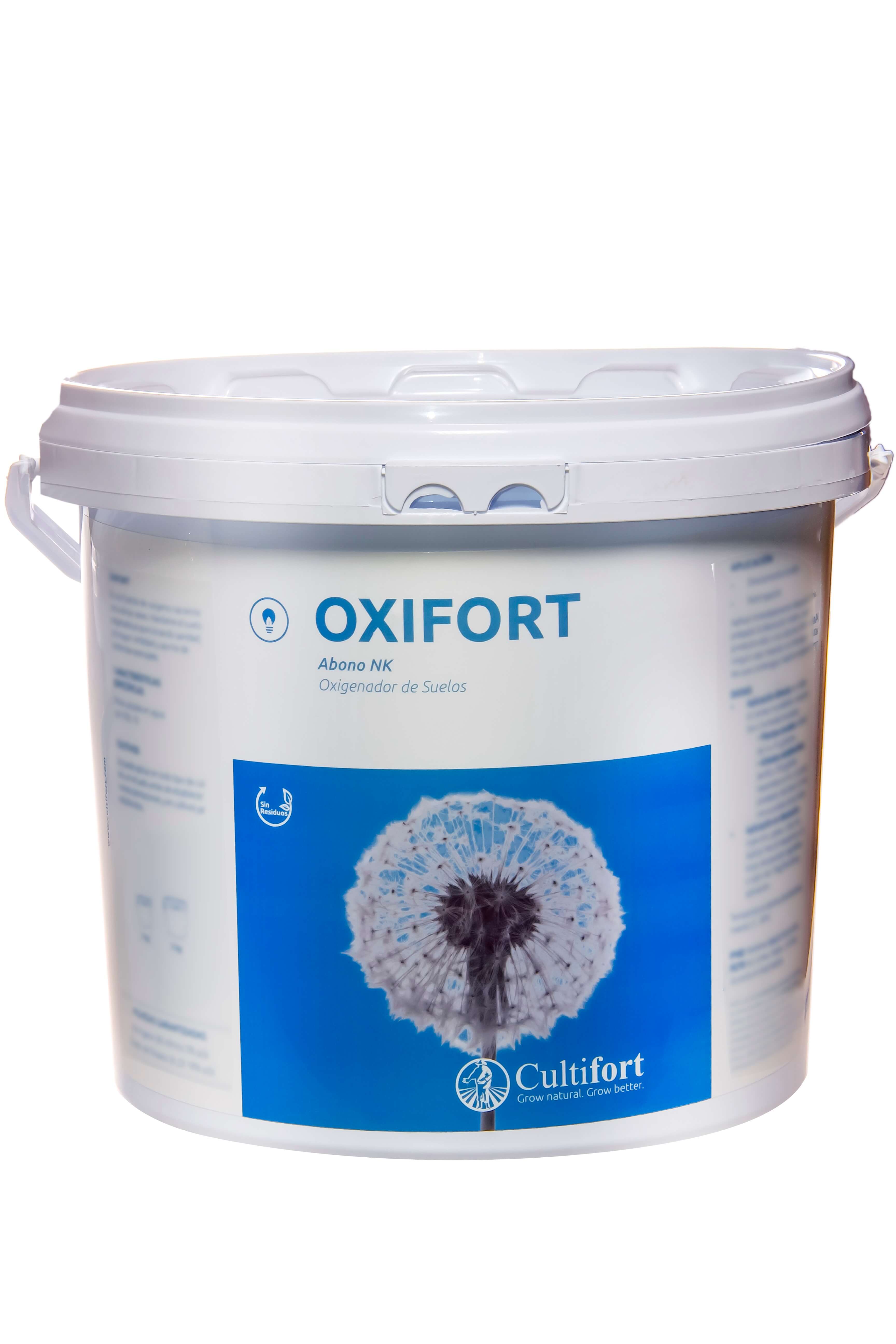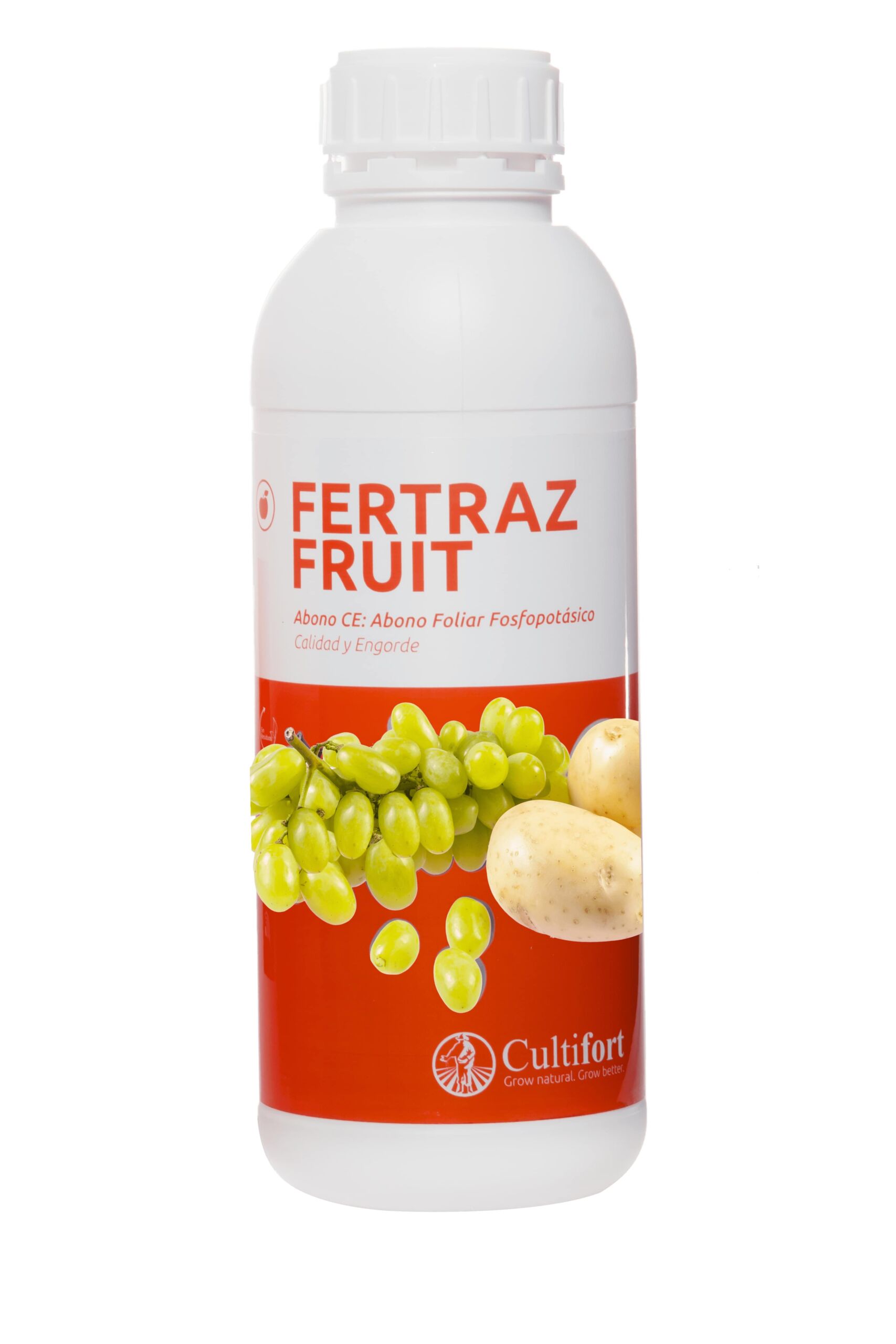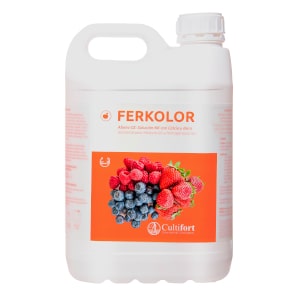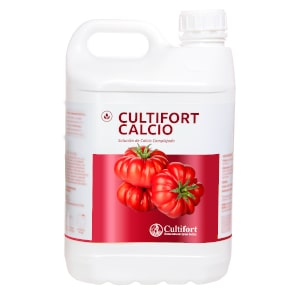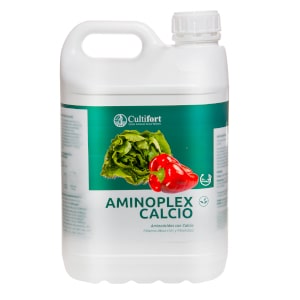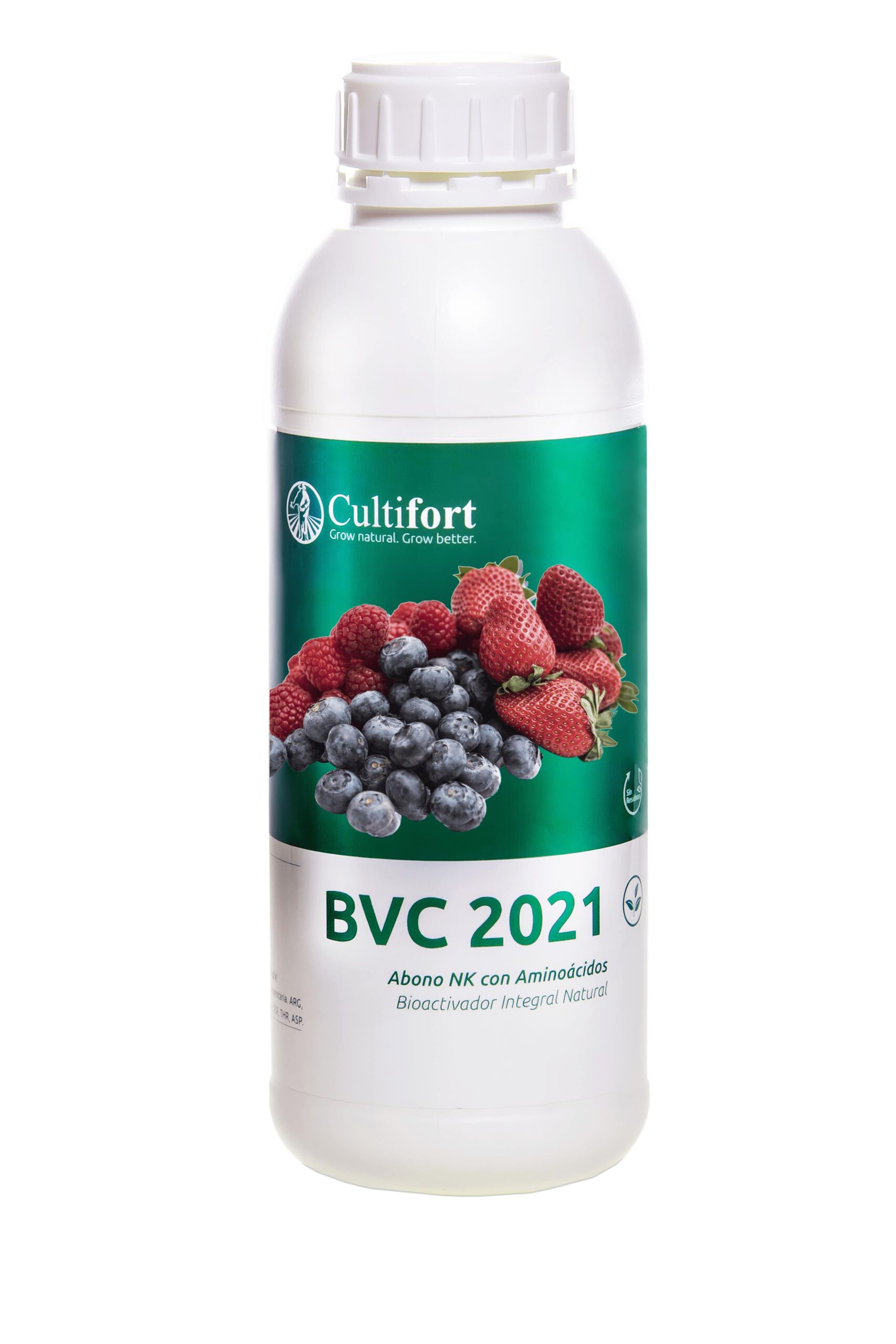The spring-summer season is perfect for those vegetables or vegetable species that need hours of sunshine and temperatures typical of these months of the year for their cultivation. Among the most cultivated vegetables during these months, we would highlight :
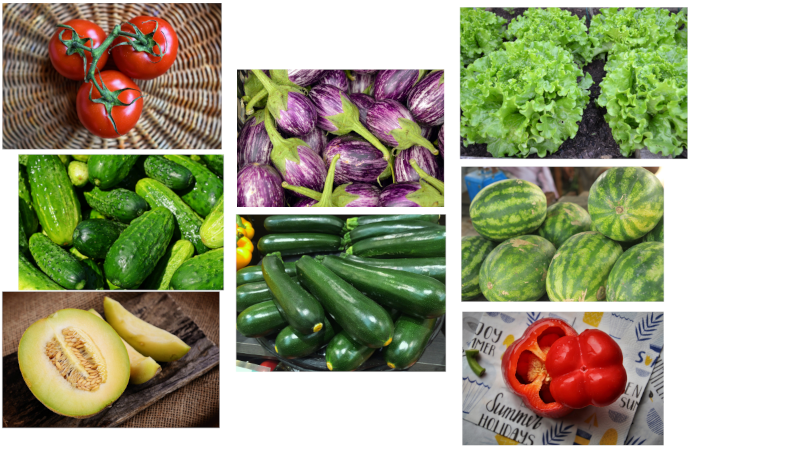
- Tomato
- Bell pepper
- Eggplant
- Zucchini
- Cucumber
- Melon
- Watermelon
- etc.
The rational management of climatic factors together is essential for the proper functioning of these crops, since they are all closely related and the action on one of them affects the rest.
There is great variability in terms of thermal requirements among spring-summer crops. These crops are very demanding in terms of daylight hours. Reduced light values can have a negative influence on flowering and fertilization processes, as can relative humidity (RH) below 60%. RH > 80% entails a higher risk of aerial diseases as well as fertilization and fruiting problems.
Regarding soil requirements, some crops are more or less demanding than others, but in general, spring-summer vegetables prefer well-drained and deep soils, but above all rich in organic matter. These crops are sensitive to excess moisture and waterlogging, so root asphyxia conditions should be avoided.
As we have just mentioned, spring-summer vegetables are very demanding in soils rich in organic matter. In Cultifort we have the perfect complement to cover these needs, MICROVITAL – L. It is a liquid formulation rich in organic acids, flavonoid molecules, magnesiumand micronutrients. MICROVITAL – L is a biological soil activator of vegetable origin which, in addition to improving physical-chemical parameters, acts as a prebiotic product, stimulating the growth and development of edaphic microfauna. These effects are achieved thanks to
- organic acids, in forms directly assimilated by the plant (as opposed to other organic acids)
- and flavonoid molecules, which, as polyphenols, have antioxidant properties, helping the plant to remain photosynthetically more active, delaying leaf senescence and exerting a protective action against different types of abiotic stress, such as ultraviolet radiation. They also have iron and other metal chelating properties, so the use of MICROVITAL – L contributes to the mobilization of nutrients present in the soil. Flavonols are also responsible for the coloration of many leaves, flowers and fruits.
As if that were not enough, MICROVITAL – L corrects and prevents deficiencies of magnesium, boron, iron, manganese and zinc. The plant remains greener, metabolically more active, with a better development… in general, healthier and stronger.
To prevent or combat root asphyxia or excess humidity, the Technical Department of Cultifort recommends the periodic application of OXIFORT, a fine granule solid formulation that when diluted in water releases oxygen slowly and co
ntinuously. In this way, we provide oxygen to the soil, achieving in addition:
- Improve root development, respiration and metabolic functions of the plant.
- Stop root asphyxia processes and the subsequent development of related diseases, such as Phytophthora and certain bacterial diseases, as well as controlling the development of algae.
- Improve soil structure, porosity and water and air circulation.
- Favor the development of aerobic soil flora, benefiting nutrient transformation and root assimilation.
- Positively influence nitrification processes, which implies an increase in the yield of nitrogen fertilizers.
Broadly speaking and with some exceptions, the different stages of cultivation go through:
- Germination:
- Sowing: if the seed is planted directly in the field.
- Transplanting: if the sowing is initially carried out in the seedbed for transplanting in the field a few weeks later.
- Vegetative growth
- Flowering and fruiting
- Ripening
At each of these stages, the nutritional requirements vary in terms of nitrogen, phosphorus and potassium (NPK) needs. During germination, there is no nutrient consumption and the seedling will initially rely on the reserve substances and hormones contained in the seed. The vegetative growth stage requires a greater supply of fertilizers high in nitrogen, with the precaution of not overdoing it due to the risk or sensitivity to cryptogamic diseases due to excess vigor, in addition to other problems. In the flowering and fruiting stage, the NPK balance should be balanced towards a higher potassium content, increasing its contribution during the ripening stage. Phosphorus, on the other hand, plays a fundamental role in the rooting and flowering stages, being determinant in the formation of roots and on the size and quality of the flowers.
In Cultifort we have a specific line of products for fruiting where we can find several specific formulations to cover the specific needs of spring-summer vegetables during the flowering, fruiting and ripening stages.
For the flowering and fruiting stage, we recommend the use of FERTRAZ FRUIT or its version FERTRAZ FRUIT Molybdenum. This is a liquid formulation of phosphorus and potassium or phosphorus, potassium and molybdenum, respectively, easily assimilated, to improve the processes of fruit set and initial fruit growth.
In certain spring-summer vegetables, some of the cultivation stages may coincide simultaneously, i.e., the same plantmay have fruits in full ripening at the same time as recently set flowers, flower buds and shoots invegetative growth, so for the fruit ripening phase, Cultifort recommends the use of FERKOLOR, since its content in nitrogen, potassium, calcium and boron, chelated with EDTA, make it especially suitable for this type of crops.
In addition to the NPK nutritional needs, the contribution of other macronutrients such as magnesium and calcium, and micronutrients such as iron, zinc, manganese, boron or molybdenum should not be neglected.
Calcium is a fundamental mesonutrient, mainly of a structural nature. It prevents apical necrosis and affects the elasticity of the fruit wall. The correct supply of calcium helps the fruit to reach a larger size and prevents cracking.
Among the most important microelements in nutrition is iron, which plays a fundamental role in the photosynthetic activity of the plant, together with magnesium, which forms the nucleus of the chlorophyll molecule. Its deficiency causes internervial chlorosis in young leaves and, therefore, a loss of the plant’s photosynthetic capacity, which translates into reduced development and difficulty in ripening fruit correctly, as well as affecting fruit coloration.
As for the rest of the microelements mentioned:
- Manganese: it is essential as an enzymatic activator and intervenes in the photolysis of water during photosynthesis, as well as in the synthesis of sucrose in the plant. Its deficiency causes chlorosis in young leaves, which rapidly deteriorate and become necrotic. Deficiency of this element is often associated with zinc deficiency.
- Zinc: it intervenes in the synthesis of some amino acids although the most relevant function of this element is that of metal activator of numerous enzymes. It is related to the synthesis of auxins, hormones responsible for cell multiplication and elongation (longitudinal growth of plant tissues). Its deficiency also shows chlorosis in young leaves whose apices end up necrotic. In this case, moreover, the leaves show abnormal development and, in general, the plant stops growing longitudinally, with short internodes and rosette-shaped shoots.
- Boron: it is a multifunctional element. It is involved in the transport of sugars and starches through the membrane and phloem ducts, intervenes in the synthesis of the cell wall and in carbohydrate metabolism, plays an essential role in the formation of amino acids and in the synthesis of proteins, acts as a hormonal regulator, but the best known of this nutrient is its influence on the quality of pollen and the germination capacity of the pollen tube. Its deficiency is manifested at leaf level with necrotic apices and normal coloration of the leaf blade, separated by a chlorotic halo between both parts, as well as fruit malformations and, of course, poor fruit set.
- Molybdenum: it acts as a cofactor of enzymatic reactions related to oxidative stress in the plant, it favors the reduction and fixation of nitrogen for the subsequent synthesis of amino acids and proteins. These functions would be negatively affected by a deficiency of this element.
Meso and micronutrient inputs are essential for proper nutrition. The market offers a wide range of products, both solid and liquid, as well as soluble, chelated or complexed. Obviously, not all of them are equally effective, since for some of them it is essential to favor their stability and mobility in the growing medium and their absorption by the plant.
At Cultifort we have a wide range of deficiency correctors to cover all the nutritional needs described above. Our formulations are manufactured following the highest standards and with high quality raw materials, in order to offer the farmer specific nutritional solutions. All our products are zero waste and many of them are certified as inputs for use in organic agriculture.
To cover calcium needs, we recommend two formulations, depending on the stage of the crop. AMINOPLEX CALCIUM, which formulates calcium together with amino acids, and CULTIFORT CALCIUM, formulated with calcium complexed with lignosulfonicacid, carbohydrates and organic polyacids.
The first of these is specifically developed for the initial stages of cultivation, since its formula with amino acids stimulates vegetative development while calcium acts as a fundamental element in the formation of cell walls of plant tissues. The second is more focused on the flowering, fruiting and ripening phases, since the calcium complex it formulates is mobilized directly to the fruits and growing areas, which are more sensitive to the lack of this nutrient during these stages.
To prevent a possible manganese and zinc deficiency, MANZIFORT ECO is the right formulation. It is a liquid corrector with a high richness of manganese and zinc chelated with EDTA, polycarboxylic acids and reducing sugars, which makes it easy to apply, fast acting and effective and with high systemicity. Its use is recommended throughout the vegetative cycle and during the last days of ripening, to accentuate fruit color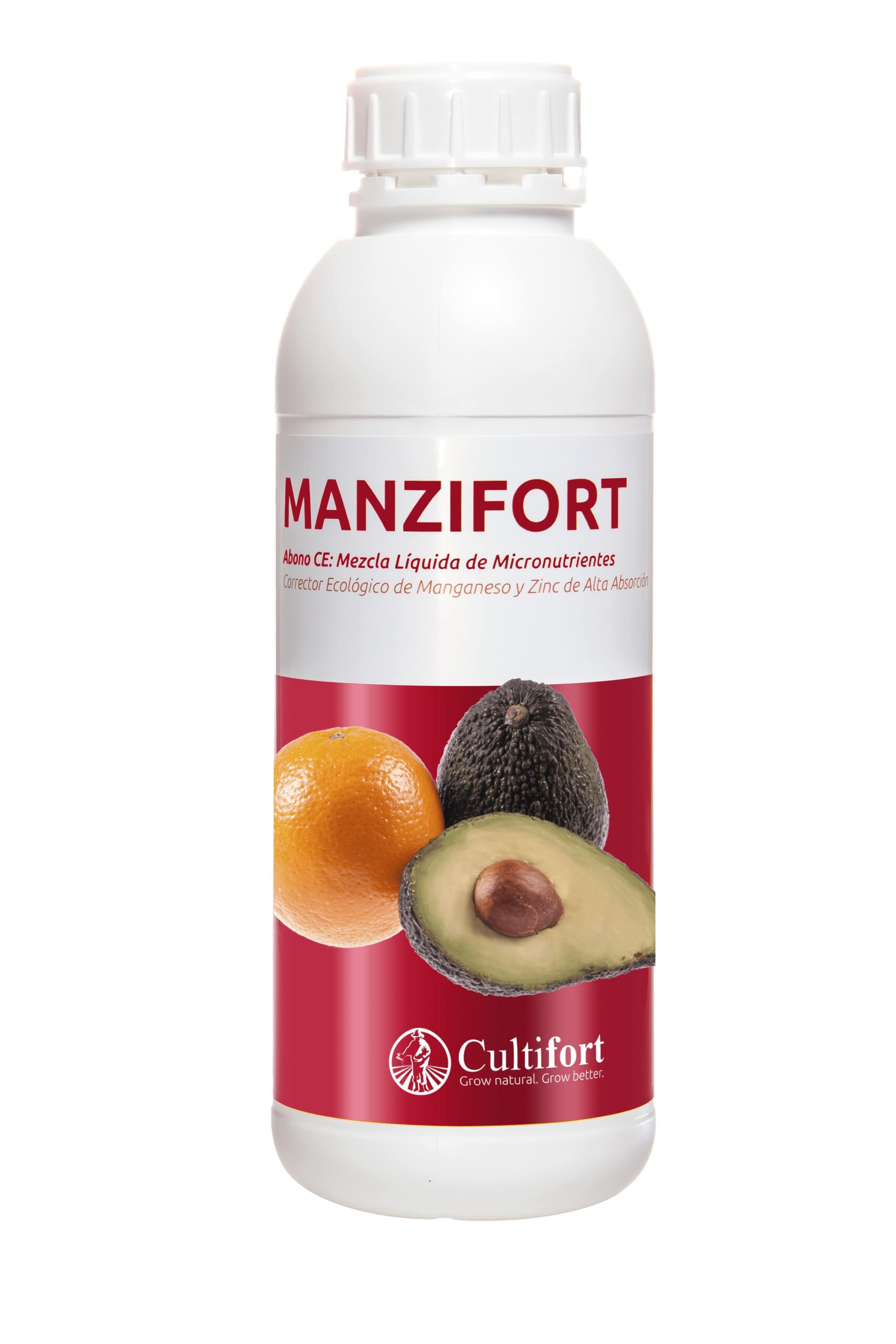
CULTIBORO PLUS ECO would be our recommendation against a possible boron deficiency or simply to cover the needs of this element. It is a liquid formulation of boron complexed with ethanolamine and reducing sugars, of easy assimilation and high translocation in the plant. The supply of boron must be guaranteed in demanding soils and crops in order to cover the main vegetative stages: beginning of vegetative activity, beginning of flowering and beginning of fruiting.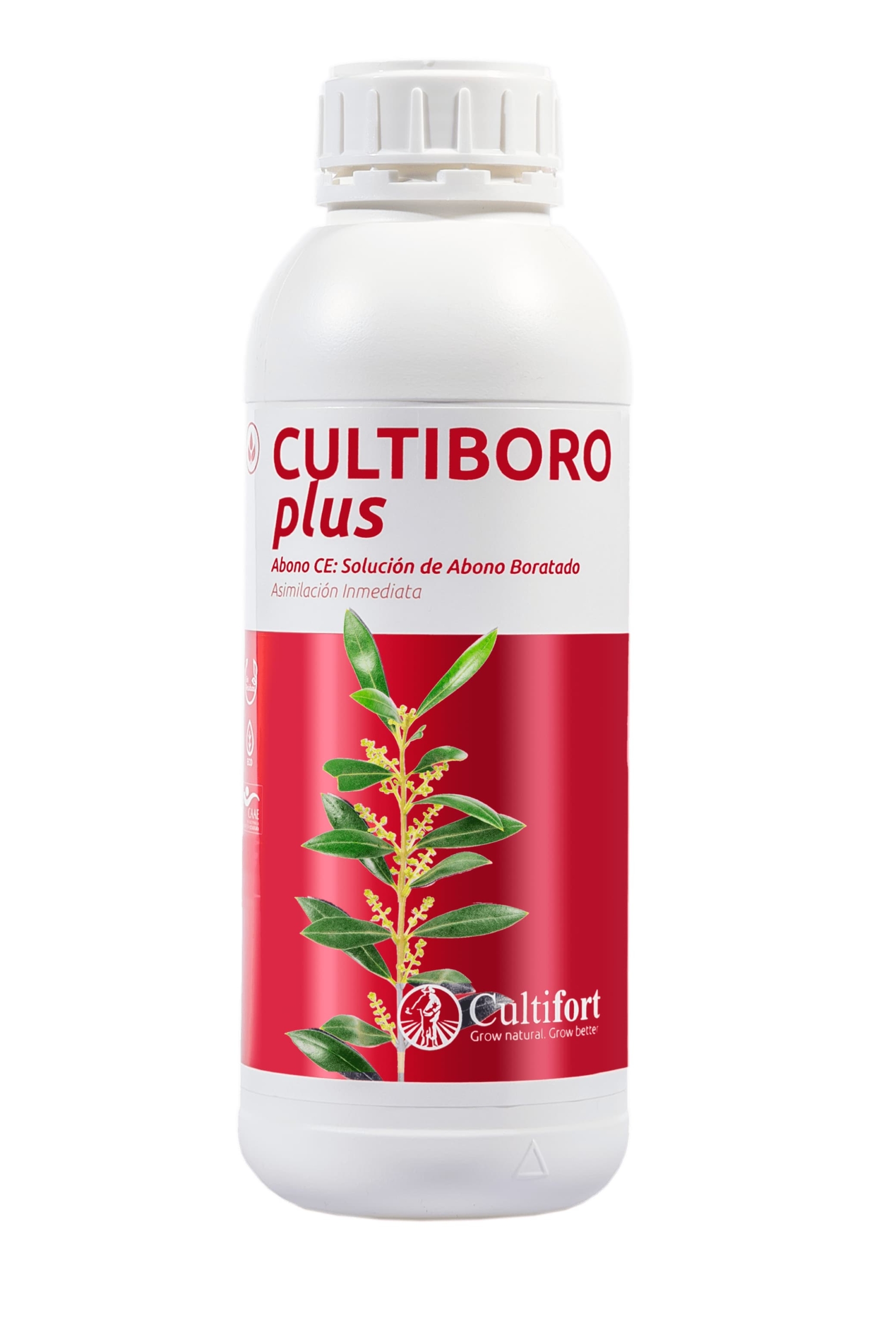
We have seen how many of these nutrients participate in the synthesis of some amino acids and proteins, so amino acid-based formulations could be applied together with deficiency correctors. Their function will be focused on their mere action as precursors of the synthesis of amino acids by the plant metabolism, to help the plant in critical moments of development or to face and/or overcome certain situations of abiotic stress, such as unfavorable environmental conditions. For these cases, the Technical Department of Cultifort recommends the application of BVC 2021. Its formulation, enhanced by the synergic action of amino acids and algae in emulsion, also includes nitrogen, potassium and reducing sugars, which provide energy and facilitate the assimilation of nutrients by the plant. BVC 2021 helps the plant to remain physiologically and metabolically active even under adverse conditions. We have recently improved its formulation through the “CULTITEK Activating Biotechnology” achieving faster and more powerful effects compared to other biostimulants on the market, thanks to the contribution of natural substance precursors and the improvement of the active substance profiles.
And to conclude this Cultinews, did you know that at Cultifort we have been working for years on “functional biotechnology” lines? As a result of the development of this line of work, several of our star products are included. Do you want to know what they do and how they work? Then be sure to read the following article The plant defense system: how it works and how to improve it.
And for more examples:


